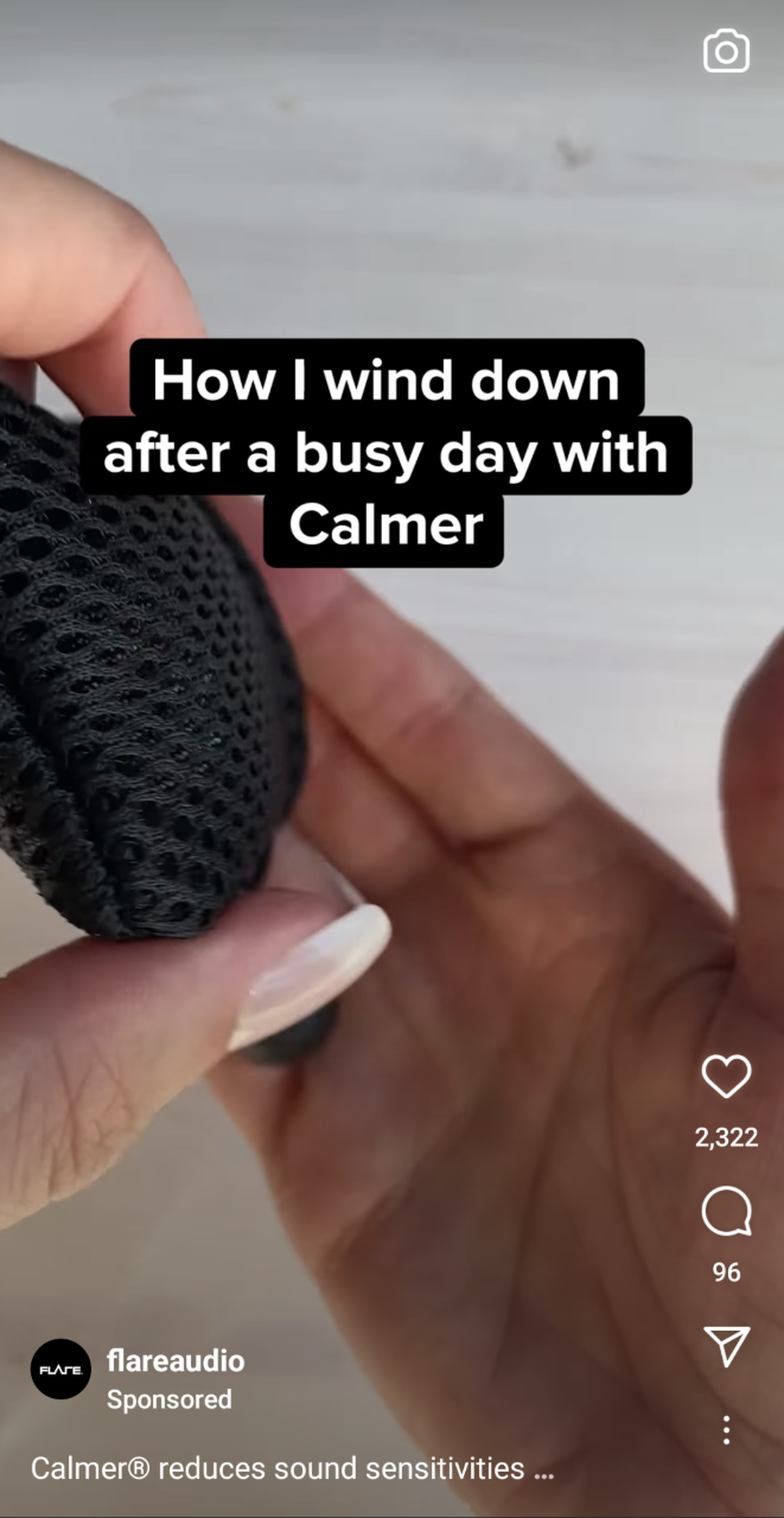the story So Far: Some Internet-based firms are tricking users into agreeing to certain terms or clicking on certain links. Unsuspecting users might not have accepted such terms or clicked URLs (Uniform Resource Locators) but for the deceptive tactics deployed by tech firms. Such acceptances and clicks are flooding users’ inboxes with promotional emails they never wanted, making it difficult to unsubscribe or request removal. These are examples of “dark patterns”, also known as “deceptive patterns”.
What are dark patterns?
Such patterns are unethical user interface design that intentionally makes your Internet experience difficult or even exploits you. In return, they benefit the company or platform employing the designs.
By using dark patterns, digital platforms take away a user’s right to complete information about the services they are using, and reduce their control over their browsing experience.
The term is attributed to Harry Brignole, a UI/UX (user interface/user experience) researcher and designer, who has been working since about 2010 to catalog such patterns and the companies using them.
How do companies use dark patterns?
Social media companies and Big Tech firms such as Apple, Amazon, Skype, Facebook, LinkedIn, Microsoft, and Google use dark or deceptive patterns to downgrade the user experience to their advantage.
Amazon came under fire in the European Union for a confusing, multi-step cancellation process for Amazon Prime subscriptions. After communicating with consumer regulators, Amazon this year simplified the cancellation process for online customers in European countries.
In social media, LinkedIn users often receive unsolicited, sponsored messages from influencers. Disabling this option is a tedious process with several steps that requires users to be familiar with the platform controls.
Dark Patterns on LinkedIn | photo credit: linkedin
As meta-owned Instagram pivots to video-based content to compete against TikTok, users have complained they are being shown suggested posts they didn’t want to see and were Unable to set preferences permanently,
Another dark pattern on the app are the sponsored video ads scattered among the Reels and Stories that users originally chose to watch, tricking them for several seconds before they could see the small “Sponsored” label.

Dark Patterns on an Instagram Ad | photo credit: instagram
Google-owned YouTube prompts users to sign up for YouTube Premium with a pop-up, obscuring the last seconds of a video with thumbnails of other videos — an attempt to disrupt an otherwise seamless user experience. Method

Dark Patterns on YouTube | photo credit: youtube
What will be the harm to the users due to the dark pattern?
Dark patterns jeopardize the experience of Internet users and make them more vulnerable to financial and data exploitation by Big Tech firms. Dark patterns confuse users, introduce barriers online, make simple tasks time-consuming, sign users up for unwanted services/products, and trick them into paying more money or sharing more personal information than they intended. force to.
In the US, the Federal Trade Commission [FTC] Have looked into dark patterns and the risks they pose. In a report released in September this year, the regulatory body listed over 30 dark patterns, many of which are considered standard practice on social media platforms and e-commerce sites.
These include “groundless” countdowns to online deals, terms in the fine print that increase costs, making cancellation buttons difficult to see or click, advertisements masquerading as news reports or celebrity endorsements, auto-playing videos, Including forcing users to create accounts. End a transaction, silently charge credit cards after the free trial expires, and use dull colors to hide information users should be aware of.
In one instance, the FTC report outlined legal action against Amazon in 2014 for an allegedly “free” children’s app that tricked its young users into making in-app purchases that required their parents’ consent. Father had to pay.
“Once the account holder downloaded the app and the children began playing the game, multiple charges ranging from $0.99 to $99.99 each were made, without the account holder’s knowledge, by tapping the child button, without the account holder’s participation.” These purchases were disguised as drama,” the release said.
The case was settled after Amazon agreed to refund more than $70 million.
However, the dark and confusing patterns don’t just stop with laptops and smartphones. The FTC report warns that as the use of augmented reality (AR) and virtual reality (VR) platforms and devices increases, Dark Patterns users will likely follow these new channels as well.
Internet users who are able to spot and identify dark patterns in their daily lives can choose more user-friendly platforms that will respect their choice and right to privacy.